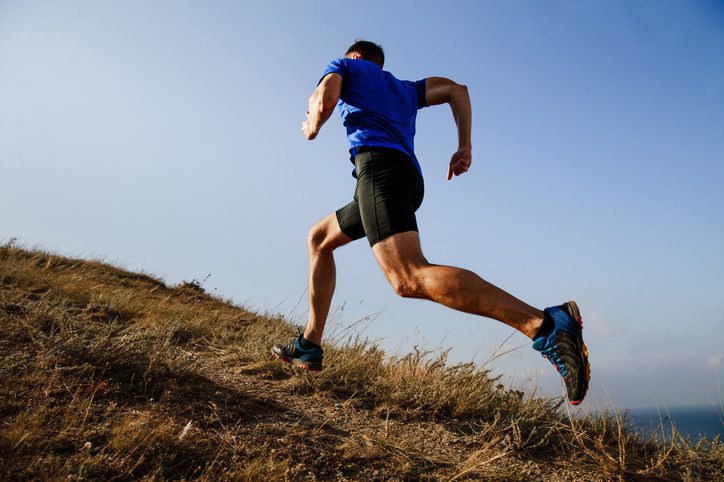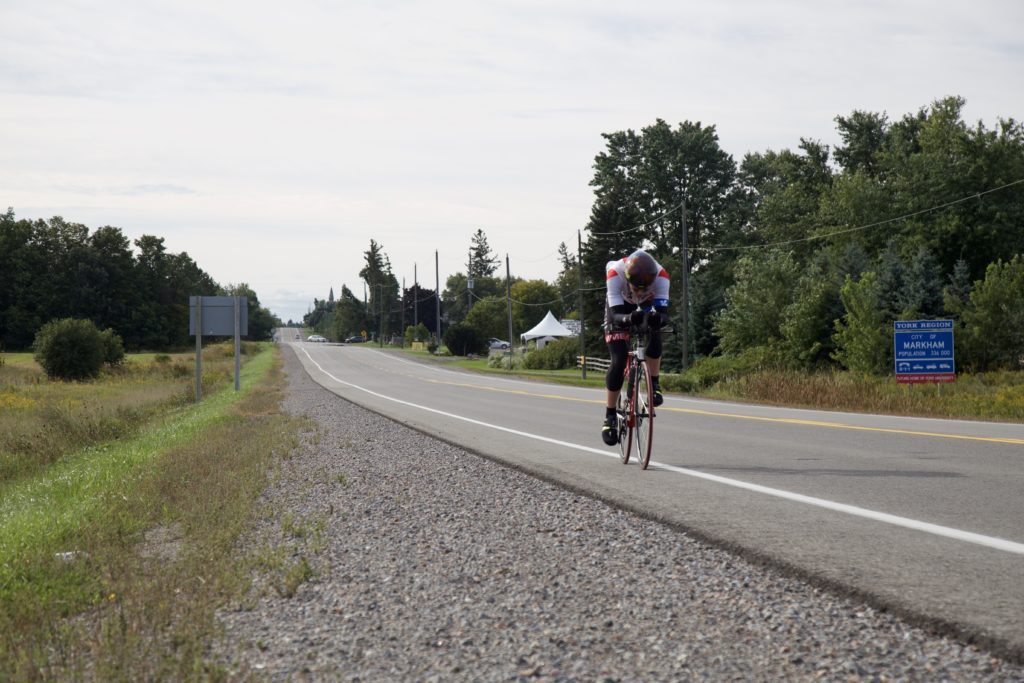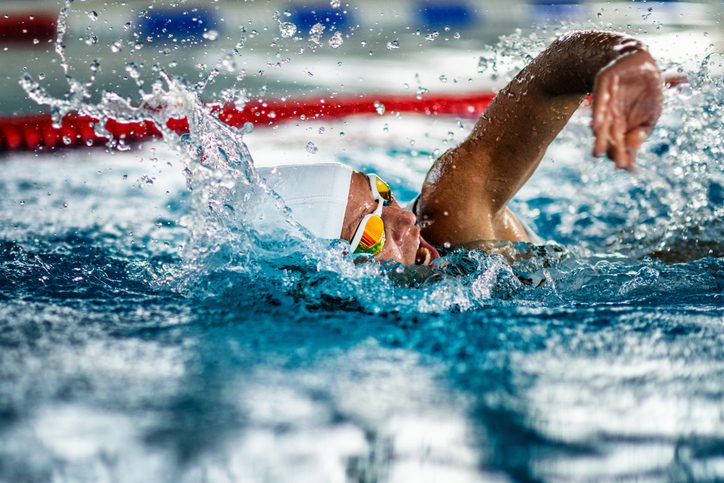Fitness testing: “If you don’t measure it, you can’t improve it”

“If you don’t measure it, you can’t improve it,” said Peter Drucker, a former scholar and leader in the business sector. What Drucker means is that you can’t know if you’re successful unless you define an objective and track your progress.
Related: Goal setting for training, racing and life

As most triathletes know, the offseason is a great time to set goals, plan your season and work on your weaknesses. It’s also a great time to get your baseline fitness values, so you can track your progress throughout the season.
Related: 10 tips to help you nail your upcoming season
Fitness testing can cause anxiety. You could call this the triathlete’s version of white coat syndrome – blood pressure results reported ‘worse’ due to anxiety. But, if you approach fitness testing with the objective of getting better, then the following tests will give you a baseline for the upcoming season.
Fitness tests for the swim
Doing a 1500m time trial in the middle of winter is not appealing. Thankfully, there are plenty of formulae out there that can estimate your 1500m swim time, a common measure of your swim fitness.
To measure your threshold speed in the pool, Swim Smooth use a 400m and 200m time trial to determine your Critical Swim Speed (CSS). CSS is an approximation of your lactate threshold speed, roughly the speed you swim 1500m at. Once you have determined your CSS, you can design swim sets to improve your CSS.
Related: How to make the transition: Swimmer to triathlete
Fitness test for the bike
The most common test on the bike is the 20-minute functional threshold power (FTP) test. It’s pretty self-explanatory, you go as hard as you can for 20 minutes. Despite it being a fairly accurate test, it requires a significant amount motivation and time.

An alternative is the MAP test. The MAP test, also known as the step test, isn’t necessarily easier but it is perhaps mentally less intimidating. First, start at 150 watts and then increase by 25 watts every 2:30, riding until failure. Then you take a percentage of your final wattage to find your FTP and establish your power zones.
Related: New Year, New MAP
Depending on your goals, you can do a number of different duration power tests – a minute, five, 10, and so on. However, if you can establish your FTP, you will be able to structure workouts that target specific power zones.
Fitness test for the run
The FTP test of running is the 5K time trial. You go out hard, and you try to hold your pace until the final kilometre, where you put in one final surge for the line.
Related: Why a runner should try triathlons
Another common test is the 12-minute run. Does that take you back to gym class in high school? It may, but it is a useful test when you’re trying to estimate your VO2 max.
If the winter is all about improving, then it makes sense to test your fitness in all three sports.

